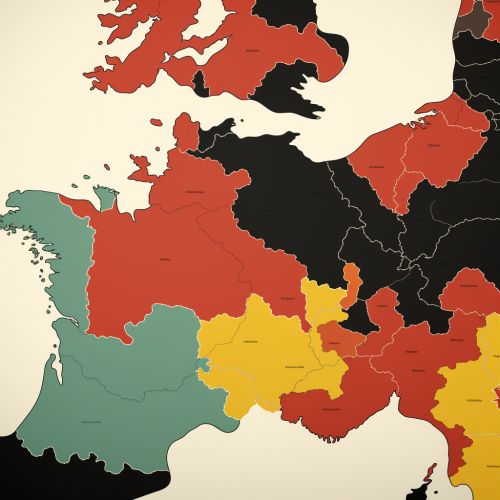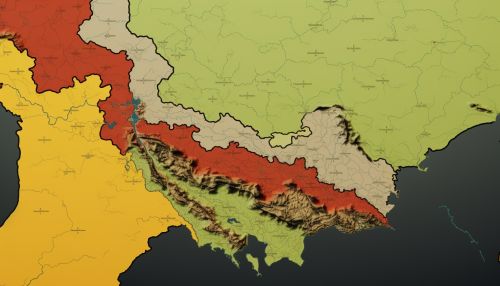Two Plus Four Agreement
Background
The Two Plus Four Agreement, also known as the Treaty on the Final Settlement with Respect to Germany, was a significant international treaty that marked the end of the Cold War and paved the way for the reunification of Germany. The treaty was negotiated and signed by the two German states (the Federal Republic of Germany and the German Democratic Republic) and the four Allied powers that occupied Germany at the end of World War II (the United States, the United Kingdom, France, and the Soviet Union).


Historical Context
Following the end of World War II, Germany was divided into four occupation zones, each controlled by one of the Allied powers. The city of Berlin, despite being located entirely within the Soviet zone, was also divided among the four powers. Over time, political and ideological differences led to the formation of two separate German states: the Federal Republic of Germany (West Germany) in the zones controlled by the Western Allies, and the German Democratic Republic (East Germany) in the Soviet zone.
Negotiations
The negotiations for the Two Plus Four Agreement began in 1990, following the fall of the Berlin Wall in 1989. The negotiations were complex and involved a wide range of issues, including the status of Berlin, the borders of Germany, the withdrawal of foreign troops, and the future of Germany's military. The negotiations were conducted in a series of meetings held in Bonn, East Berlin, Paris, and Moscow.
Provisions of the Agreement
The Two Plus Four Agreement contained several key provisions. First, it confirmed the borders of Germany as they existed at the time of the agreement, including the Oder-Neisse line as the border with Poland. Second, it provided for the withdrawal of all foreign troops from Germany by the end of 1994. Third, it stipulated that Germany would have full sovereignty over its internal and external affairs. Fourth, it stated that Germany would not possess nuclear, biological, or chemical weapons, and would limit its armed forces to 370,000 personnel.
Impact and Significance
The Two Plus Four Agreement had a profound impact on Germany and on international relations. It marked the end of Germany's division and the beginning of its reunification, which was formally completed on October 3, 1990. It also marked the end of the Cold War and the beginning of a new era in European and international politics. The agreement is considered a model of peaceful conflict resolution and is often cited in discussions of international law and diplomacy.
Criticisms and Controversies
While the Two Plus Four Agreement was widely hailed as a diplomatic triumph, it has also been the subject of criticism and controversy. Some critics argue that the agreement was imposed on Germany and did not fully respect its sovereignty. Others contend that the agreement failed to adequately address certain issues, such as the status of the German minority in Poland. Despite these criticisms, the agreement is generally regarded as a successful and necessary step in the process of German reunification.
Legacy
The legacy of the Two Plus Four Agreement is still felt today. The agreement laid the groundwork for the peaceful reunification of Germany, which has since become a major economic and political power in Europe and the world. The agreement also set a precedent for the peaceful resolution of international conflicts and for the principle of self-determination.
